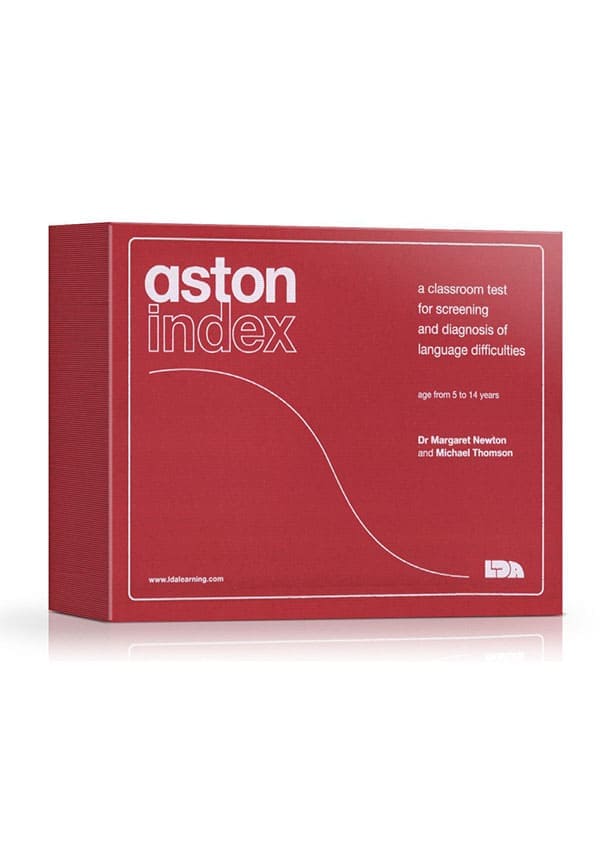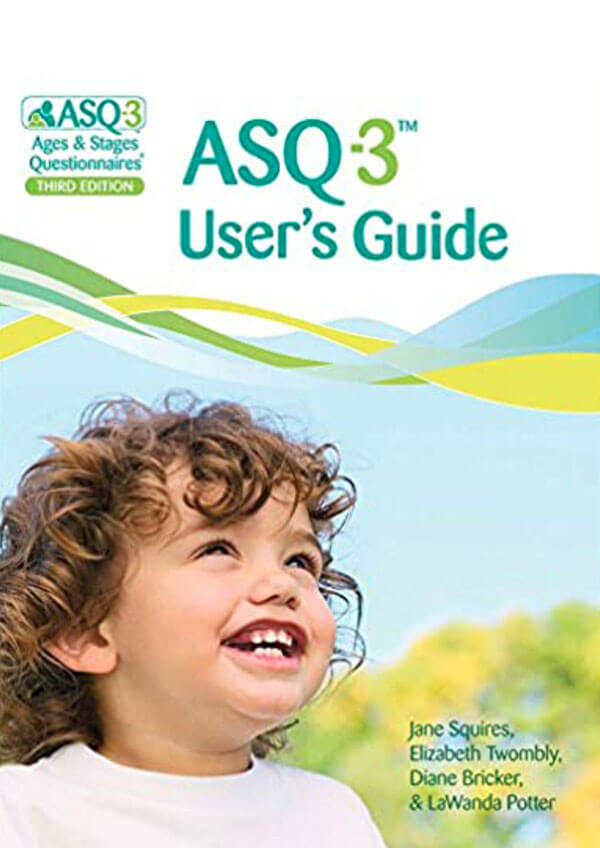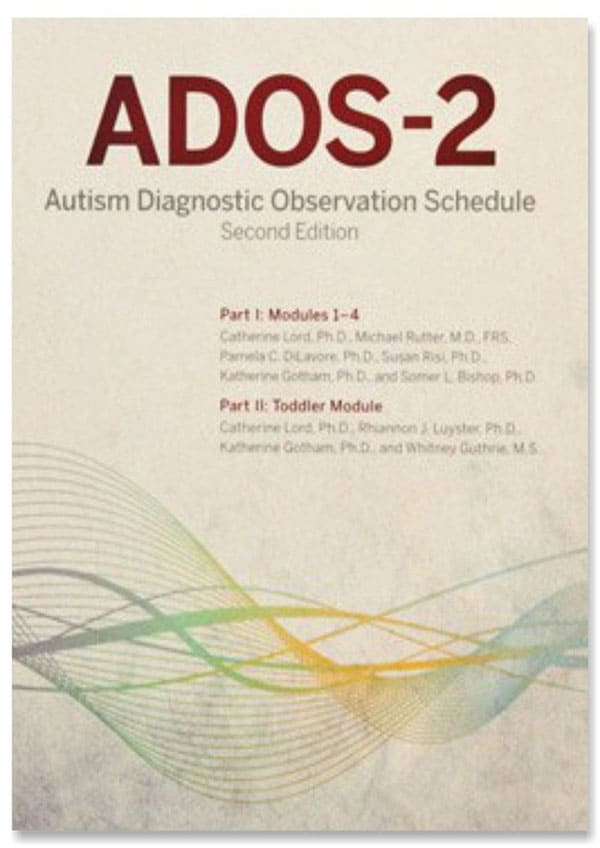Description
A classroom test for screening and diagnosis of language difficulties. The Aston Index consists of 17 sub-tests, the use of which, as its name implies, will indicate the nature of an individual child’s learning potential for literacy. The sub-test scores yield a ‘profile’ from which a teacher can perceive the levels of ‘readiness’ for learning; and which sub-skills and abilities will need special help in teaching. The sub-tests themselves were selected after many years of observation and research, as representing key aspects of literacy: –
1• Visual and auditory perception
2• Symbolic sequencing
3• Directional motor fluency
4• Association of pictures and symbols with lexical meaning
5• General maturational readiness
The Aston Index can be used to indicate the particular learning pattern of the child and identify specific types of learning patterns. Such as: –
1• Specific written language difficulties (Dyslexia)
2• Slow learners
3• Culturally deprived children
4• Neurologically damaged children
5• Language disordered children
6• Specific auditory difficulties
7• Specific visual difficulties
8• Specific graphic difficulties







